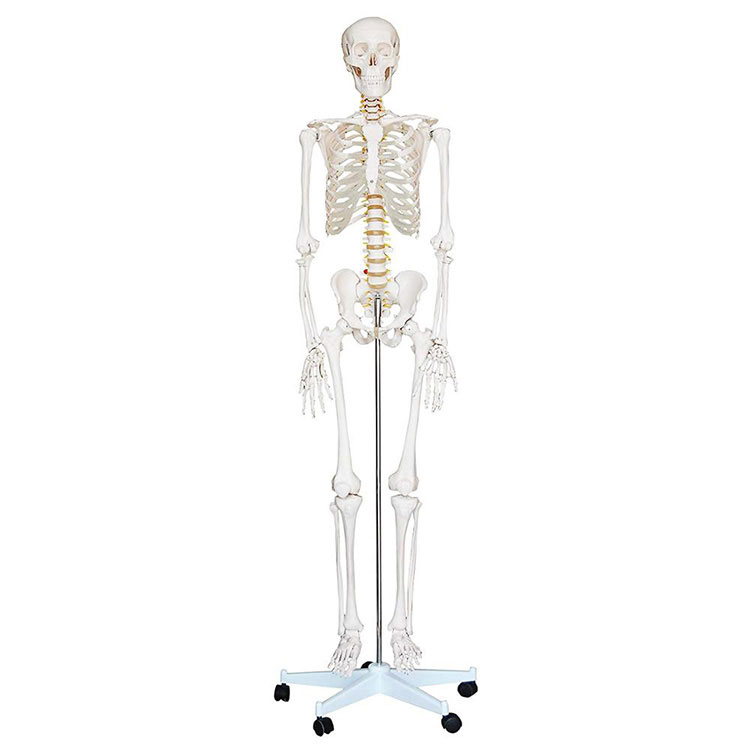What Are the Application Areas of Human Skeleton Models?
2024-05-30
As an important cross-industry tool, human skeleton model products play an indispensable role in education, medical care, scientific research, simulation training, and public education.
Education and training: These models provide intuitive learning tools for learners of medicine, biology, and anatomy. By observing and operating the models, students can deeply understand the structure and operation mechanism of the human skeleton, laying a solid foundation for future medical professional learning and practice.
Clinical practice: With the help of human skeleton models, medical personnel can more intuitively explain the pathology, surgical plan, and treatment process of the disease to patients and their families. This not only enhances the communication and understanding between doctors and patients, but also improves patients' awareness of their own health status.
Scientific research: When conducting research on bone-related diseases, researchers can use these models for simulation experiments. For example, they can simulate the process of fracture healing or observe the manifestation of bone diseases on the model to explore new treatment methods.
Simulation training: In medical schools and medical training centers, students can simulate real medical scenarios by operating human skeleton models. This training method can help students become familiar with various medical operations, such as first aid, fracture treatment, and surgical techniques, and prepare for their future careers.
Health Promotion: In public health education and promotion activities, human skeleton models can be used as an intuitive teaching tool to popularize bone health knowledge to the public, such as fracture prevention, osteoporosis prevention and treatment, etc.
Equipment Testing: In the design and development stage of medical devices and equipment, human skeleton models can be used as test subjects. By simulating actual usage scenarios, engineers can evaluate the performance and safety of equipment to ensure the effectiveness of the equipment in actual applications.
Art and Entertainment: In the entertainment industry such as film, television, and advertising, human skeleton models are also important props and tools. They can help special effects teams and animators create realistic human movements and expressions, bringing a more realistic viewing experience to the audience.



